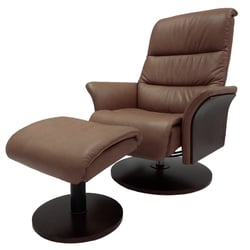Recently, we were in the middle of a product development meeting when the controversial topic on genuine and faux leather came up. Both materials are currently in high demand, appear stylish and are durable for household furniture.
Since our mission is to market and sell products that are attractive, within reasonable value while providing quality furniture that don't deteriorate in a short time, we know it's critical that our customers and their retail end-users are informed about their leather options.
At NPD Furniture, we offer a variety of leather furniture ranging from high-quality; aniline dyed, top grain genuine leather to recycled; derived from previously salvaged leather to faux leather; bicast and/or bonded leather materials.
Here are the types:
- Genuine Leather - 100% genuine leather refers to the analine dyeing process which restores the hide's natural color.
Advantages: Due to early dyeing in the tanning process, the result is permanent and produces the highest quality of full grained aniline leather creating uniformity in color on the front and back sides, while providing softness, beautiful patina and durability over time.
Disadvantages: Easier to scratch and is more likely to stain or fade. Higher price points.
Top Grain, Aniline Dyed 100% Genuine Leather
- Bicast Leather- the top portion is embossed with Polyurethane (a.k.a. PU), a man-made material created to have the look and feel of real leather. The back portion is the leather layer that was split from the fibrous part of the hide. Most split leathers are used to create suede impressions.
Advantages: Leather like feel and appearance, sold at a fair price range compared to genuine leather, and maintains an acceptable standard of durability when appropriately cared for.
Disadvantages: Lower shelf life compared to genuine leather products, there's neither suppleness nor patina over time.
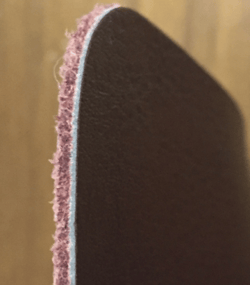 Polyurethane (right, top side) glued with split leather (left, back side)
Polyurethane (right, top side) glued with split leather (left, back side)

Bicast Split Leather Back Side
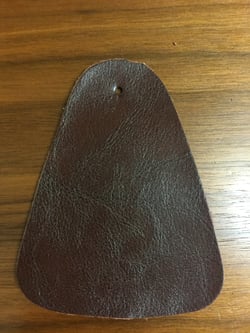
Bicast PU Leather Front Side

Bentley Bicast Leather Bar Stool
- Bonded Leather - a.ka. reconstituted/recycled leather which incorporates Polyurethane coating that is applied to the top and then, embossed to look like leather. The backing is made of leather scraps from tanneries that are cemented together.
Advantages: Leather-like feel and appearance and environmentally friendly, good value as it's sold at a lower price range compared to genuine leather and maintains an acceptable standard of durability when appropriately cared for.
Disadvantages: Lower shelf life compared to genuine leather products hence; no suppleness and patina distinctions over time. Additionally, the material is stiff in feel and appearance. Also, never place item in direct sunlight as it will fade and crack/peel quicker.
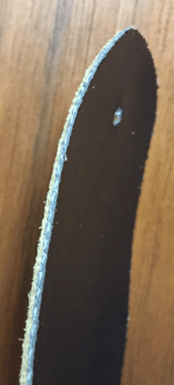
Polyurethane (right, top side) glued with leather fragments (left, back side)
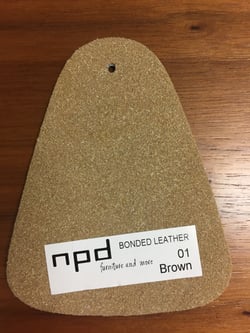
Bonded Leather Particles Back Side
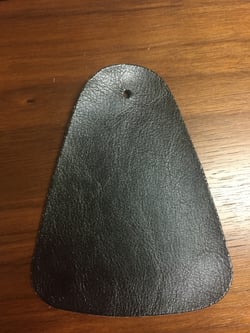
Bonded PU Leather Front Side
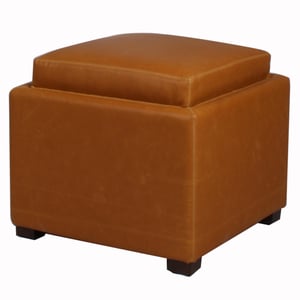 Cameron Square Bonded Leather Storage
Cameron Square Bonded Leather Storage

Claire KD Recycled Leather Arm Chair
- Polyurethane - a.ka. PU or synthetic leather which incorporates Polymer based components that is applied to the top layer, embossed to look like leather. The backing is made of man-made fabric.
Advantages: Environmentally friendly while providing leather-like feel and appearance. Economical price points compared to genuine leather or bicast/bonded leathers. Faux leather products could be durable when appropriately cared for and will resist scratches and cracking/peeling.
Disadvantages: Lower shelf life compared to genuine leather products hence; no suppleness and patina distinctions over time. Additionally, the material is stiff in feel and appearance.
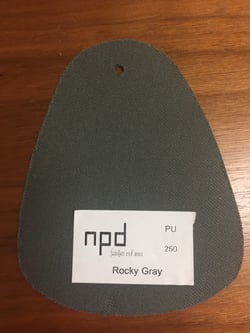 Fabric Back Side
Fabric Back Side
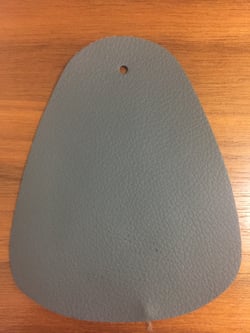
Polyurethane Material Front Side
.jpg?width=500&name=1060002-216(5).jpg)
Some final thoughts when shopping for your leather furniture, keep in mind the following:
- Price: Decide on a price range that you're willing to spend for your new leather furniture. Genuine leather products cost considerably more than the Faux counterparts.
- Style: Acknowledge that trends are fleeting. Contemplate whether you're planning to add a timeless/functional piece or a trendier look that you'll replace within a few years.
- Look & Feel: Do softness and patina matter to you? Or do you want a piece that gives the appearance of leather? Bicast and Bonded leather furniture are successful due to the high demand for leather-like goods that are affordable while lasting up to 5-8 years.
- Cleaning & Caring: Genuine leather pieces are more high maintenance than Faux leather pieces. Both need to be protected from direct sun, light and heat to prevent fading, scratches, cracking and peeling.
With this assessment, be prepared to compare and contrast the furniture styles and leather materials. Select your ideal piece/s based on the benefits that you'll get from the furniture. Our job is to empower our customers with the right knowledge so they'll know what to expect and be delighted with their purchase.
Check out our Leather & Leather-Like Styles here!
















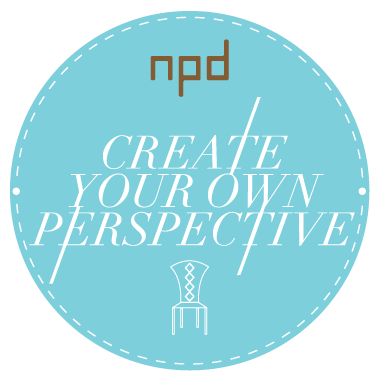
.jpg?width=250&name=1010001(5).jpg)
